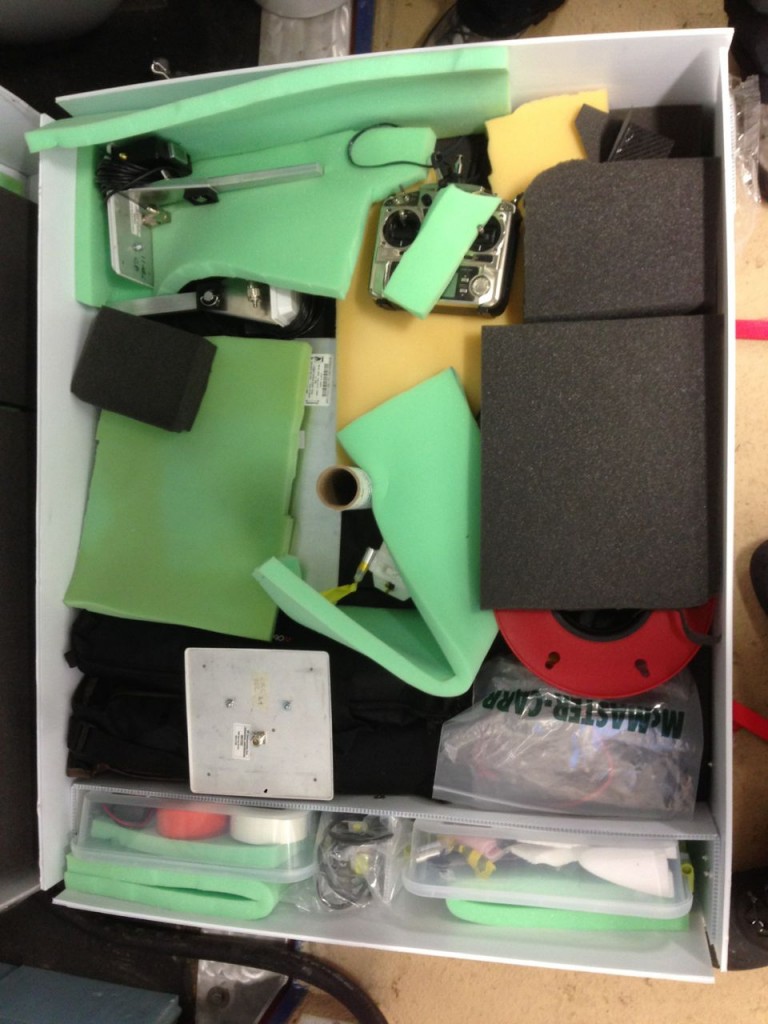The last day of the campaign (Friday), was again very windy and foggy, and we decided to spend the day packing up our equipment. It’s amazing how long it takes to pack up such a small amount of stuff! After packing was complete, I took some time to take a look at the AMF3 instrumentation from the rooftop before dinner. After finishing our last meal at the Long Range Radar Station, Hans, Jack and I loaded up our truck and completed the 2-hour drive back to Deadhorse. Although our flight wasn’t departing until 937 the next morning, the forecast was calling for wind, snow and freezing rain, and I think leaving the evening before was the right decision.
In total, we were able to complete 30 flights over the nine days we had to fly (map below). During these flights, we learned a lot about our equipment and our operational limitations, and after we dig into the dataset, I think we should also gain some insight into lower-atmospheric processes at high latitudes. With some achievable equipment modifications, I’m optimistic that the next time will feature even more flights, more measurements, and more science! Certainly, the conditions were challenging, but this is true for most Arctic observational missions and we must adapt our platforms to meet those challenges. I’m already looking forward to returning in April for the ERASMUS (Evaluation of Routine Atmospheric Sounding Measurements using Unmanned Systems) campaign! Until then…



